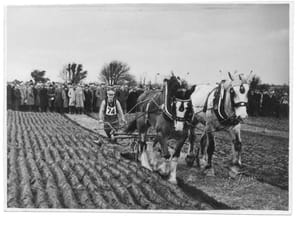As Aldershot Military Museum hits its ruby anniversary, celebrating 40 years as a military and social history museum, we are taking a look back at its journey from an army HQ to a community treasure trove.
Aldershot Military Museum opened on 19 April 1984, making 2024 our 40th year of sharing the history of Rushmoor. From its initial fundraising project to the addition of buildings and galleries, through to Hampshire Cultural Trust taking over the in 2014, let's discover where it all begin...
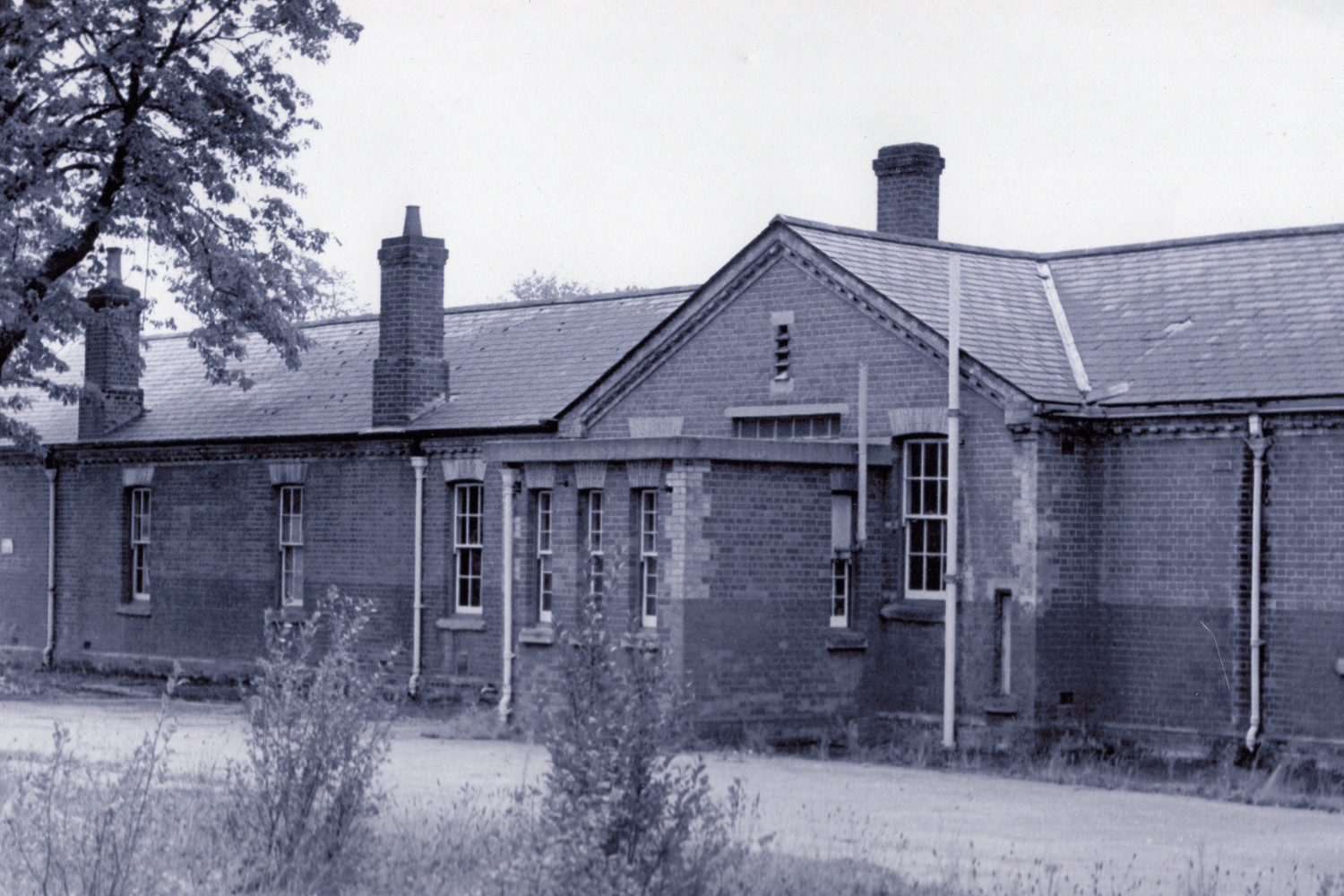
Planning and fundraising
Planning for a museum dates back to 1970 when the Garrison Historical Committee was formed, meeting in the Prince Consort’s Library and chaired by then Garrision Commander Brigadier R S N Mans OBE. Various locations were discussed, but its eventual home wasn’t established until 1978 when the new Garrison Commander, Brigadier W J Reed, proposed a Vistors Centre was needed which;
“[The museum] should be housed in a building of historic interest itself and I have in mind the old single story barrack blocks, buildings M and N, on Queens Avenue just north of Garrison Headquarters.”
At this time, Block M was earmarked for demolition, so a new visitors’ centre would have to dual impact of saving this historic building as well as telling the story of the base.
In January 1980, the inaugural meeting of the Aldershot Military Military Historical Trust was chaired by Brigadier W J Reed, with the Duke of Wellington accepting the offer to serve as President of the Trust in July that year. In order to fund this new museum, a brochure was created and distributed to outline proposed plans.
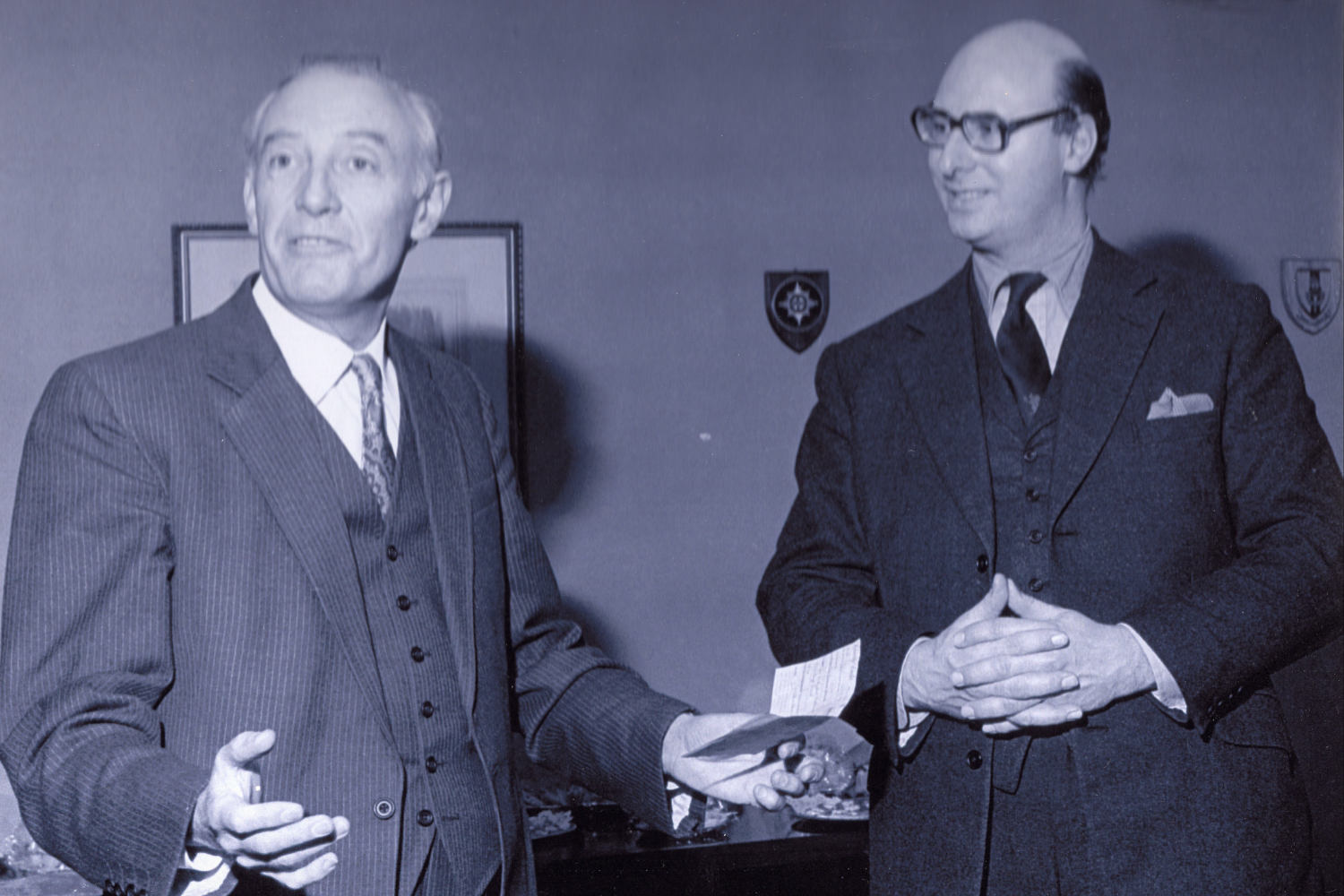
Despite the campaign, Block M was in no state to open without significant work, and in 1982, the Financial Committee stated “Financially, overall, the Trust was treading water”.
Brigadier Reed, no longer Garrison Commander, offered to work for six months for free and additional income streams were sought. January 1983 saw a breakthrough with Hampshire County Museum Services agreeing to provide a curator and so save on staffing costs so work could proceed...
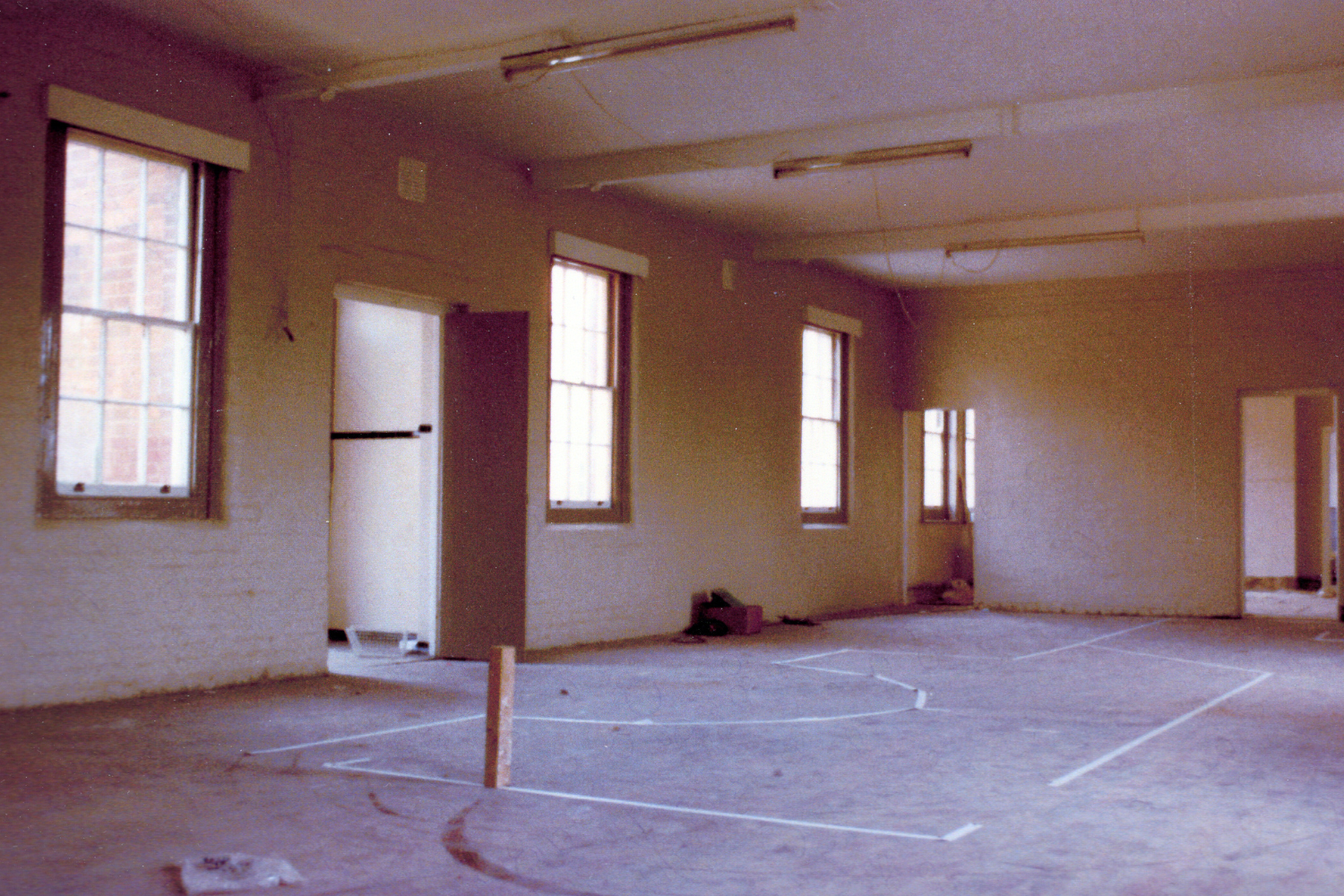
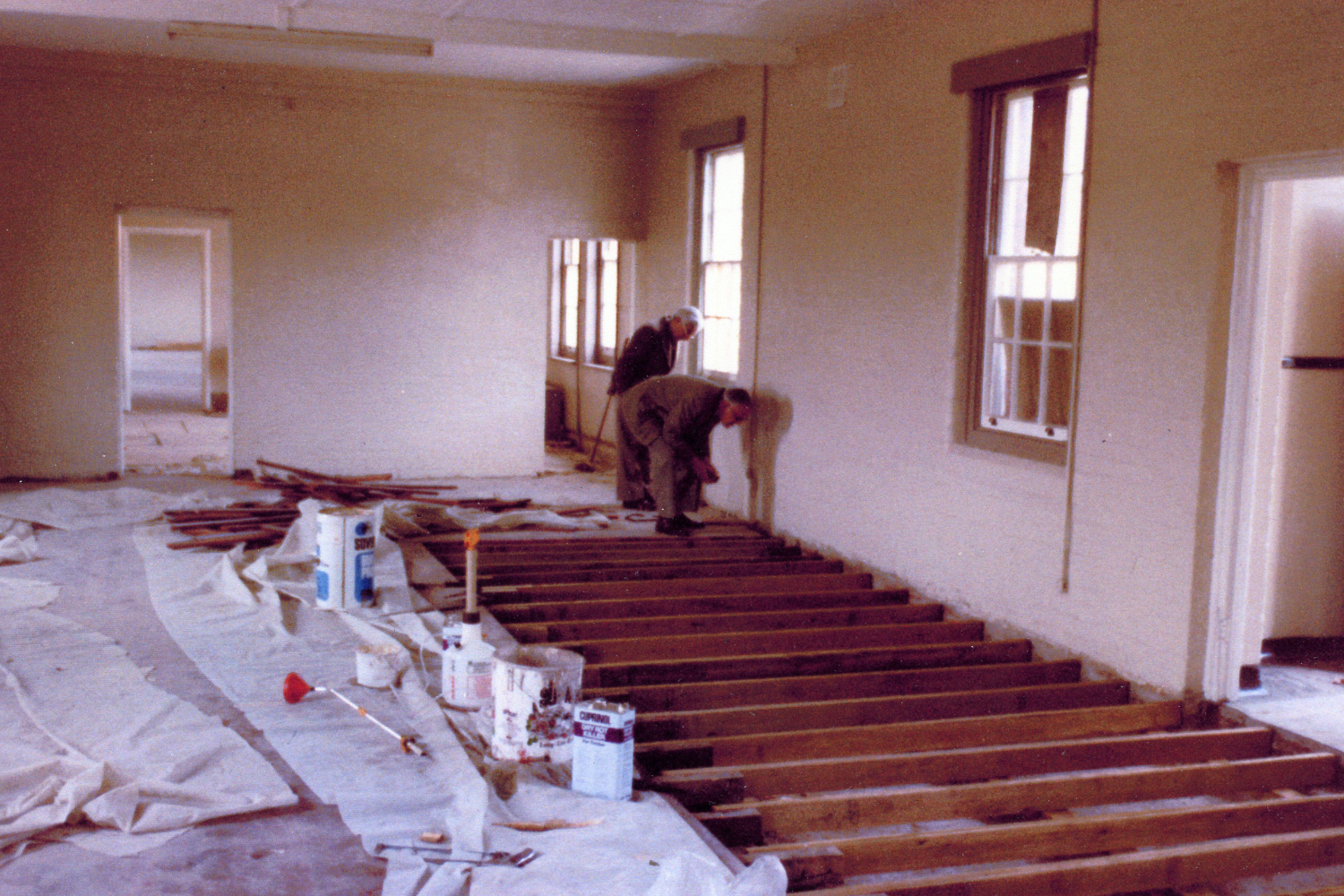
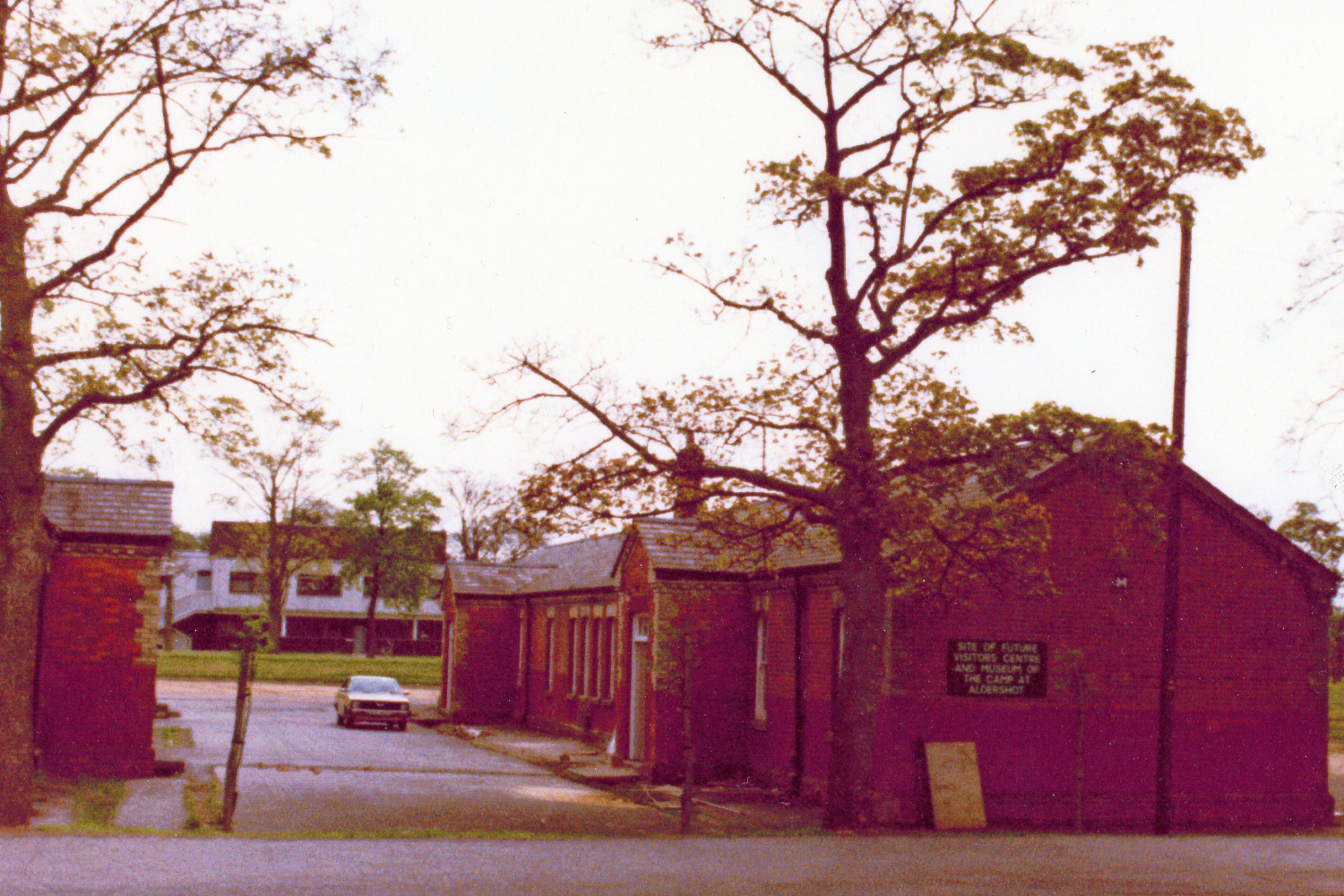
Left: Museum exhibits outlined on the floor of Block M; Centre: Installing the flooring in Block M; Right: Block M in 1984 with sign reading ‘site of future
The opening of Block M
Aldershot Military Museum was opened on 19th April 1984 by HRH the Duke of Gloucester in front of 150 invited guests. Block M was opened on its own as its neighbor, Block N was still occupied by RADC.
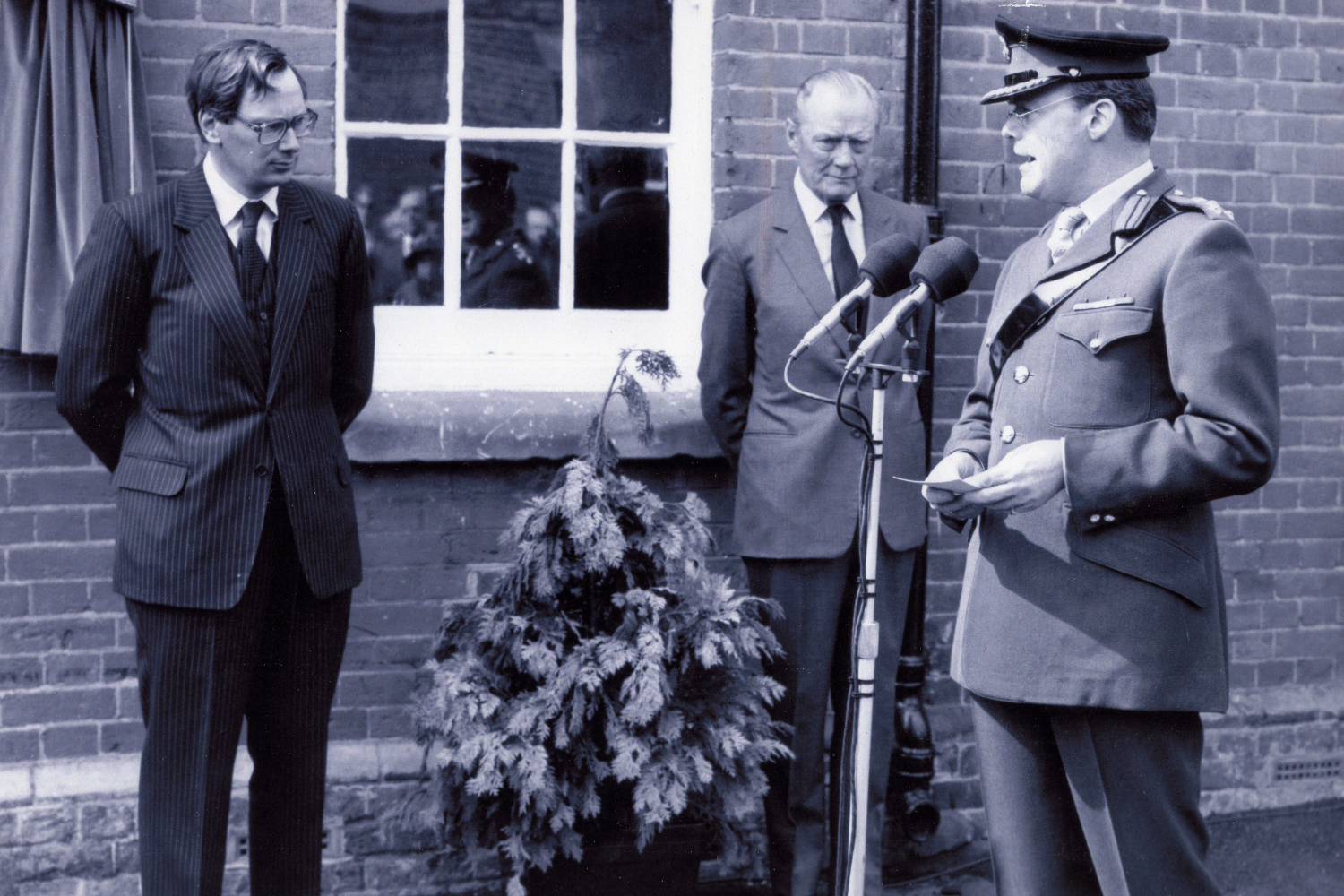
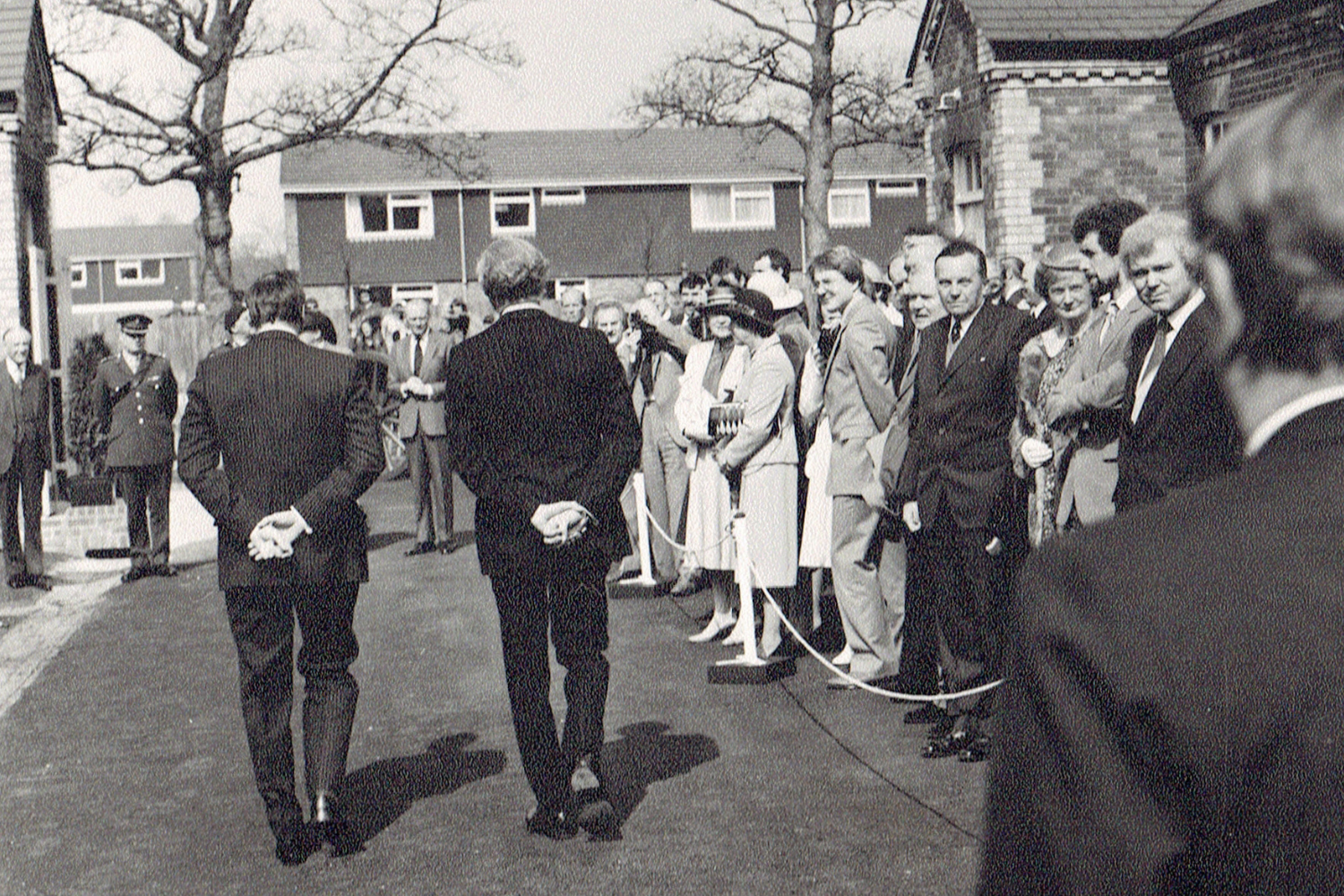
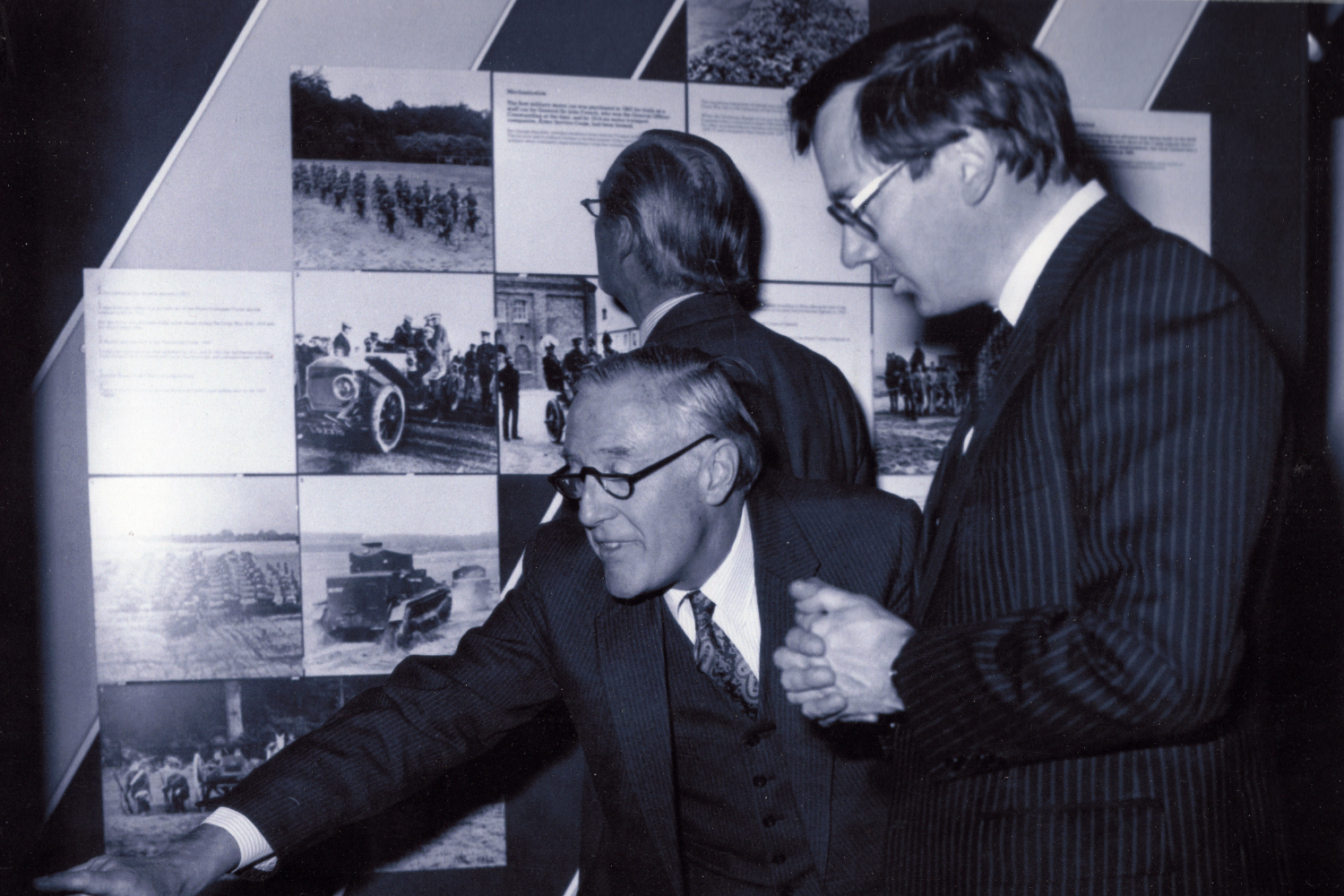
The original museum was a circular route around Block M (where the John Reed Gallery is today). It told the story of the development of Aldershot from a hutted camp to a military town, and contained dioramas of the barracks and displays about the development of military aviation.
Year one attracted just under 10,000 visitors, and a collection of vehicles and guns was added to the outside of the museum. At this time there was no perimeter fence so the outdoor collection was next to the road. A Tourist Information Centre was also added in 1986.
Planning for the inclusion of Block N was continuing, but a shortfall of £20,000 had been identified. To meet this, admission was increased to 75p and the Hon Director, Brigadier W J Reed, proposed the creation of the Friends of Aldershot Military Museum, which met for the first time in May 1987.
“The support of a group of Friends is required to help staff the museum and shop, to help restore and preserve the collection of vehicles and guns on display outside, to help with research, to assist with temporary displays and to help sustain the museum financially. The Friends will also of course have a programme of meetings and lectures, as they themselves wish, and their own newsletter.”
The Friends still support the museum today and their current chair Paul Vickers was on the original committee and attended the opening of the museum three years prior.
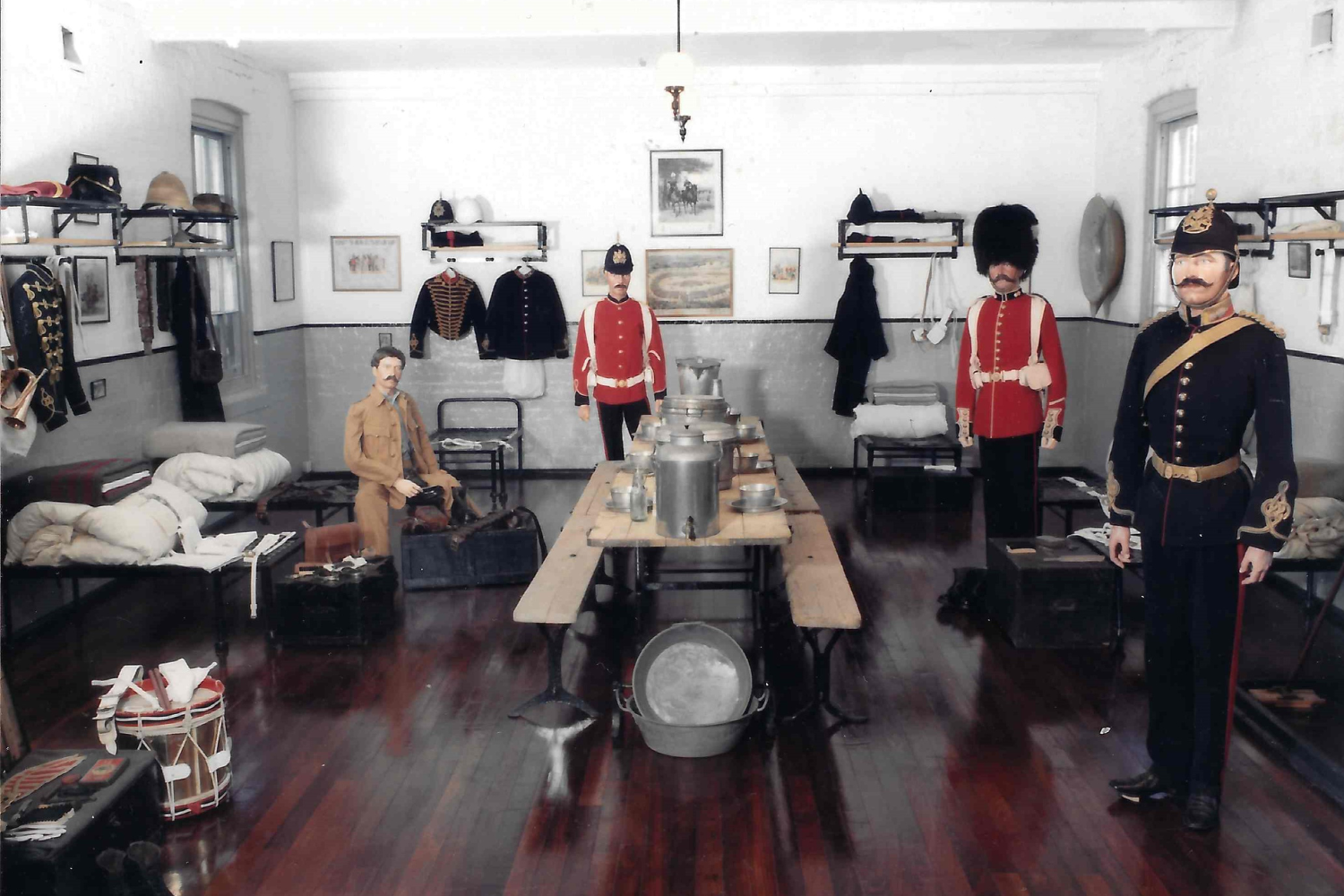
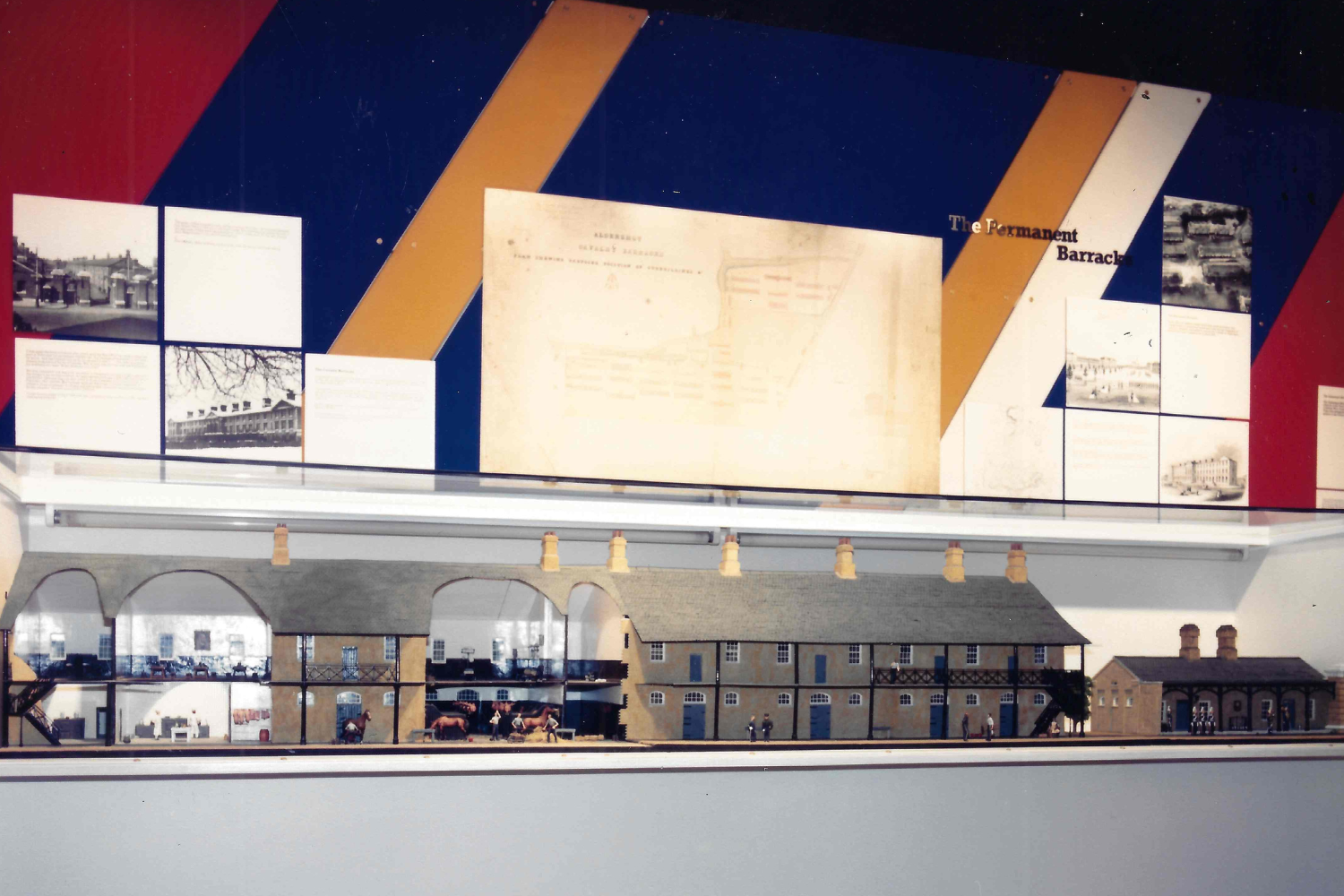
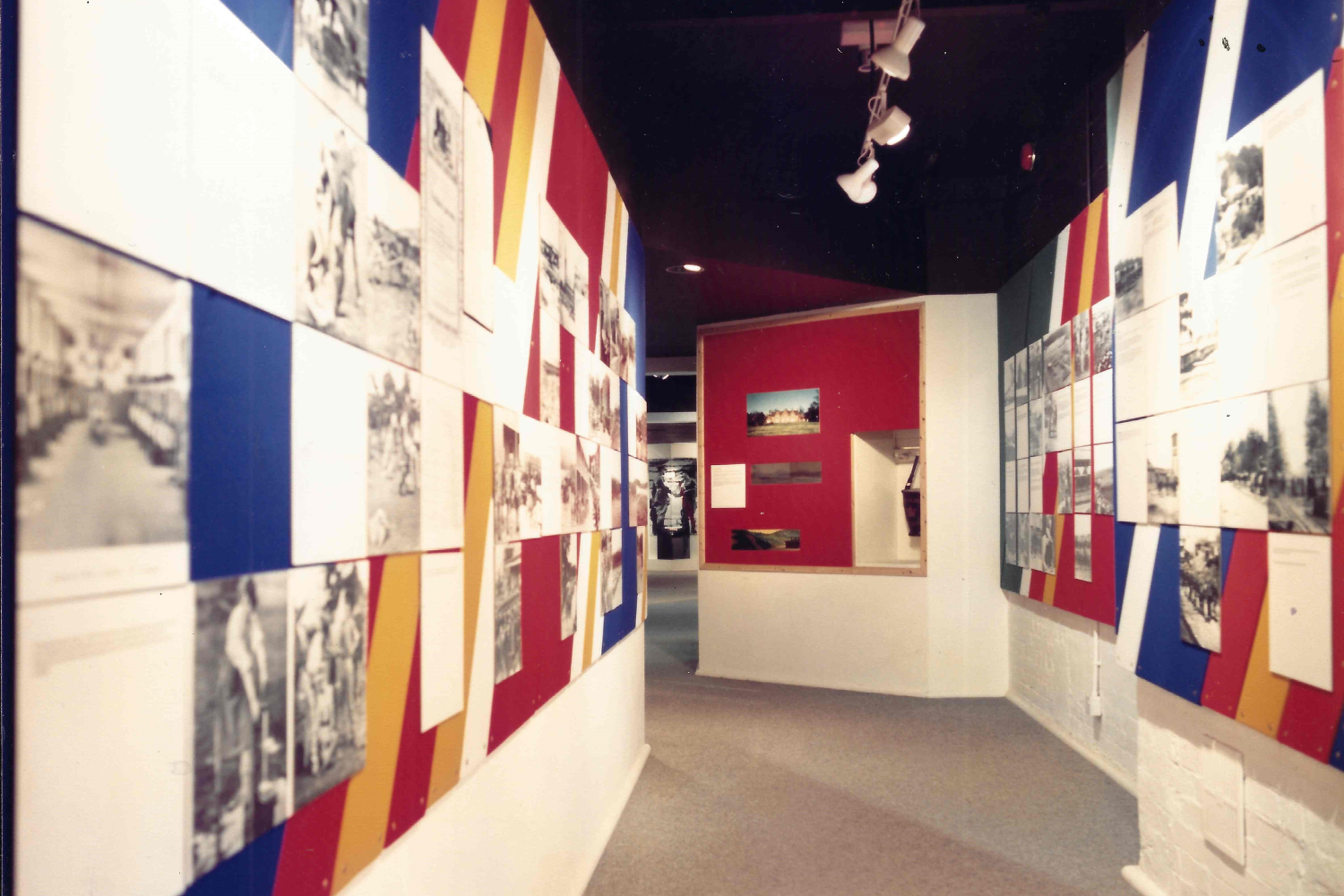
Expansion and development
Block N opened to the public at the end of 1987 and visitor attendance had risen to over 11,000 per year by 1989. The Canadian Gallery was completed in 1988 and in 1990, His Grace the Duke of Wellington opened the new display of the Flint-Shipman collection and the tailor’s shop display, based on Lehman’s of Station Road.
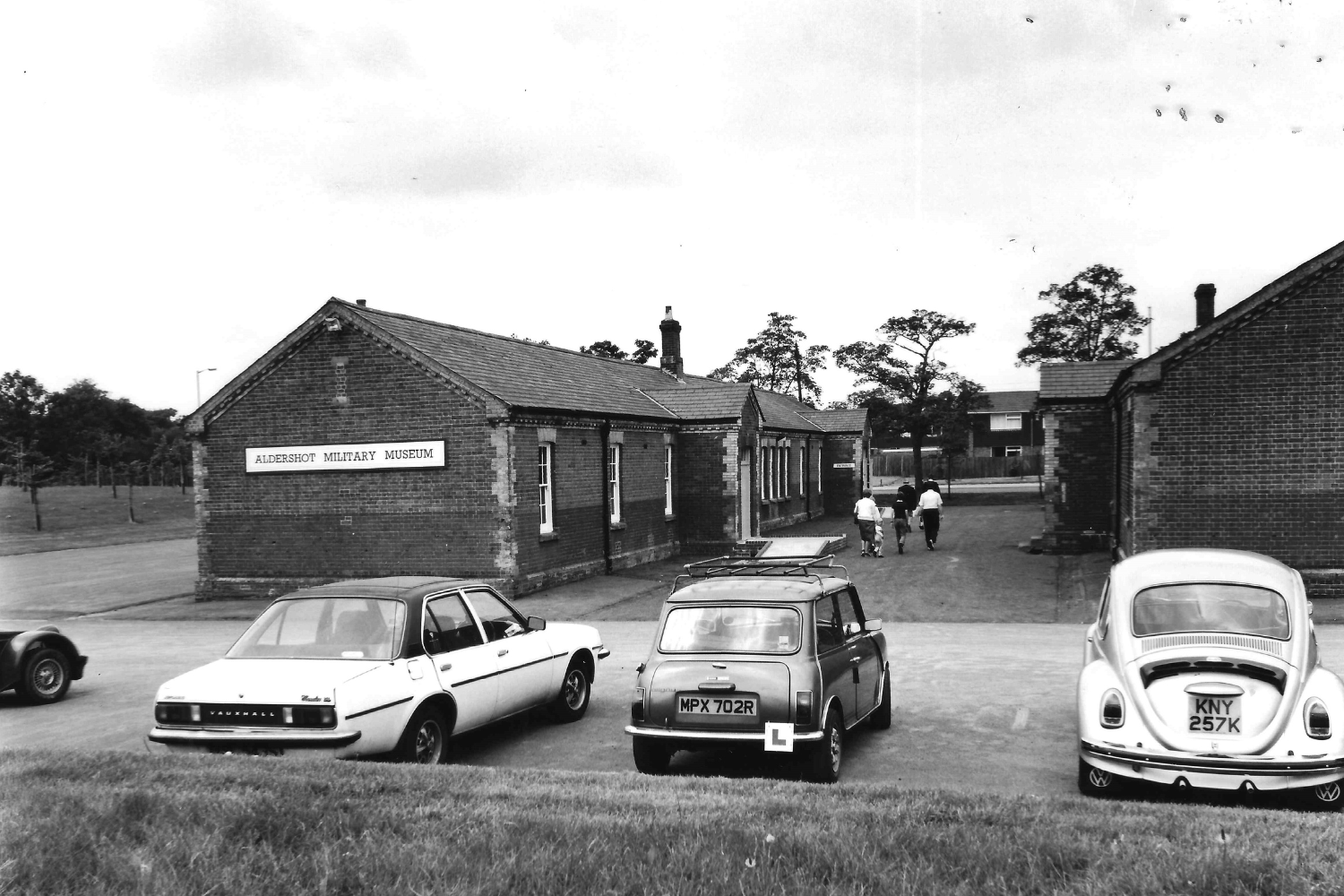
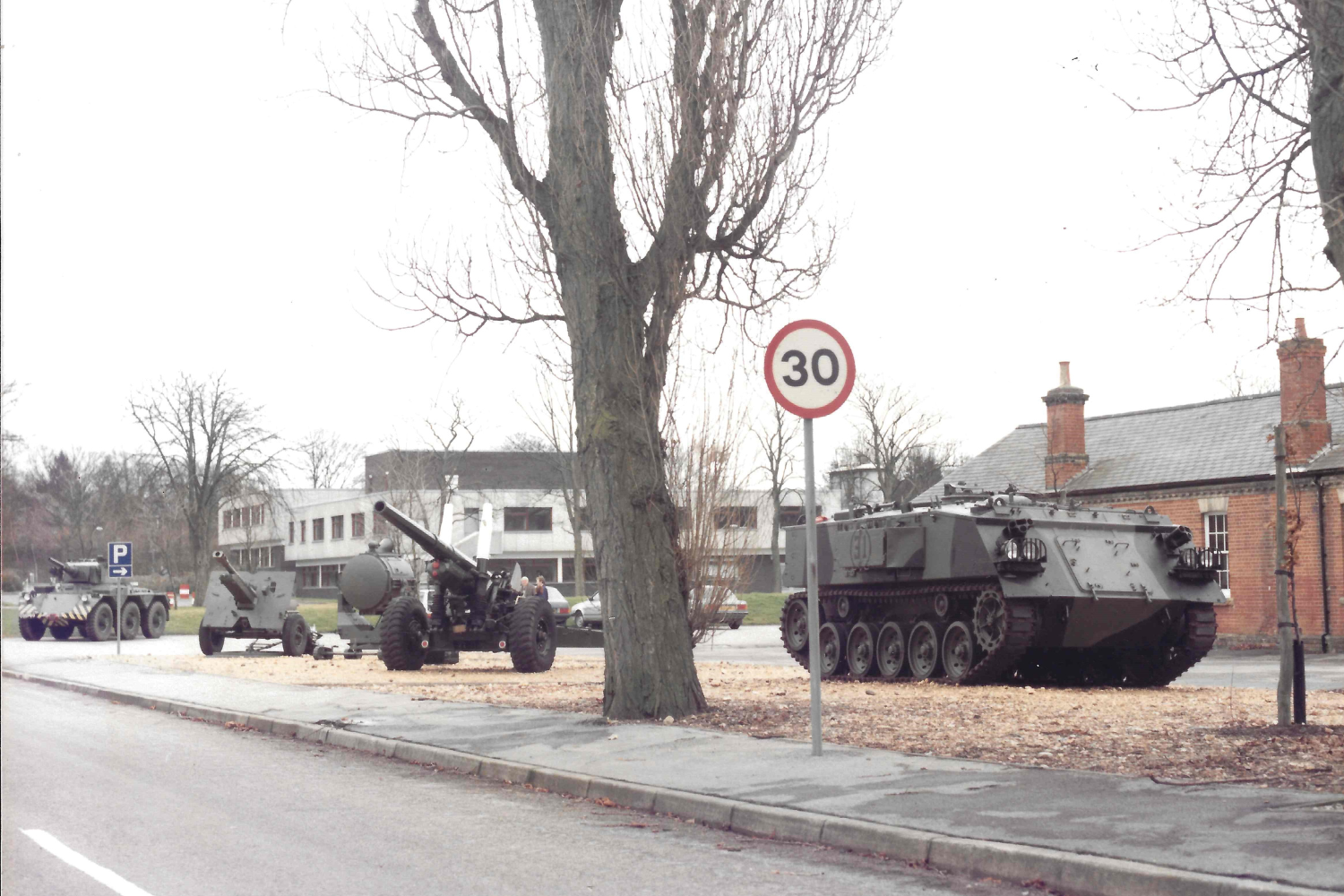
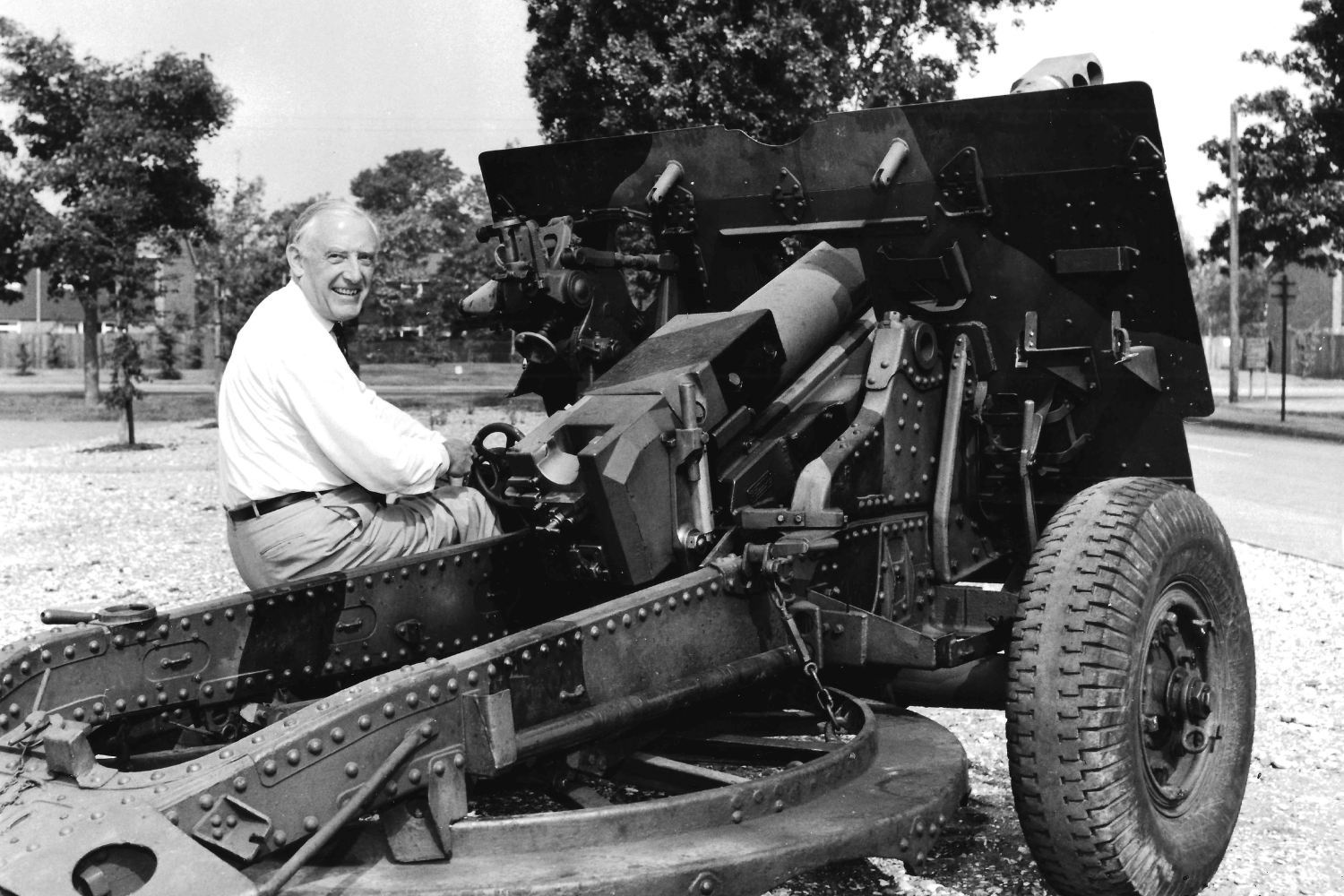
This also marked a time when the Garrison had to step back from its role with the museum due to the introduction of the ‘New Management Strategy’ into the MOD. In 1991, a Curator of Rushmoor was appointed and the Rushmoor Local History Gallery was opened, but annual visits had decreased to 7,800 with Brigadier W J Reed reporting in May that year;
“All visitor attractions have suffered considerably from the recession, the Gulf War has taken soldiers away, and there was a considerable fall-off in school visits.”
In February 1992, Brigadier John Reed, Honorary Director of the Aldershot Military Historical Trust, passed away. The Trust agreed that the post of Hon Director would be left in abeyance, and that day to day running of the museum would sit with the Curator, Dawn Webster, who would also become a Director of the Trust.
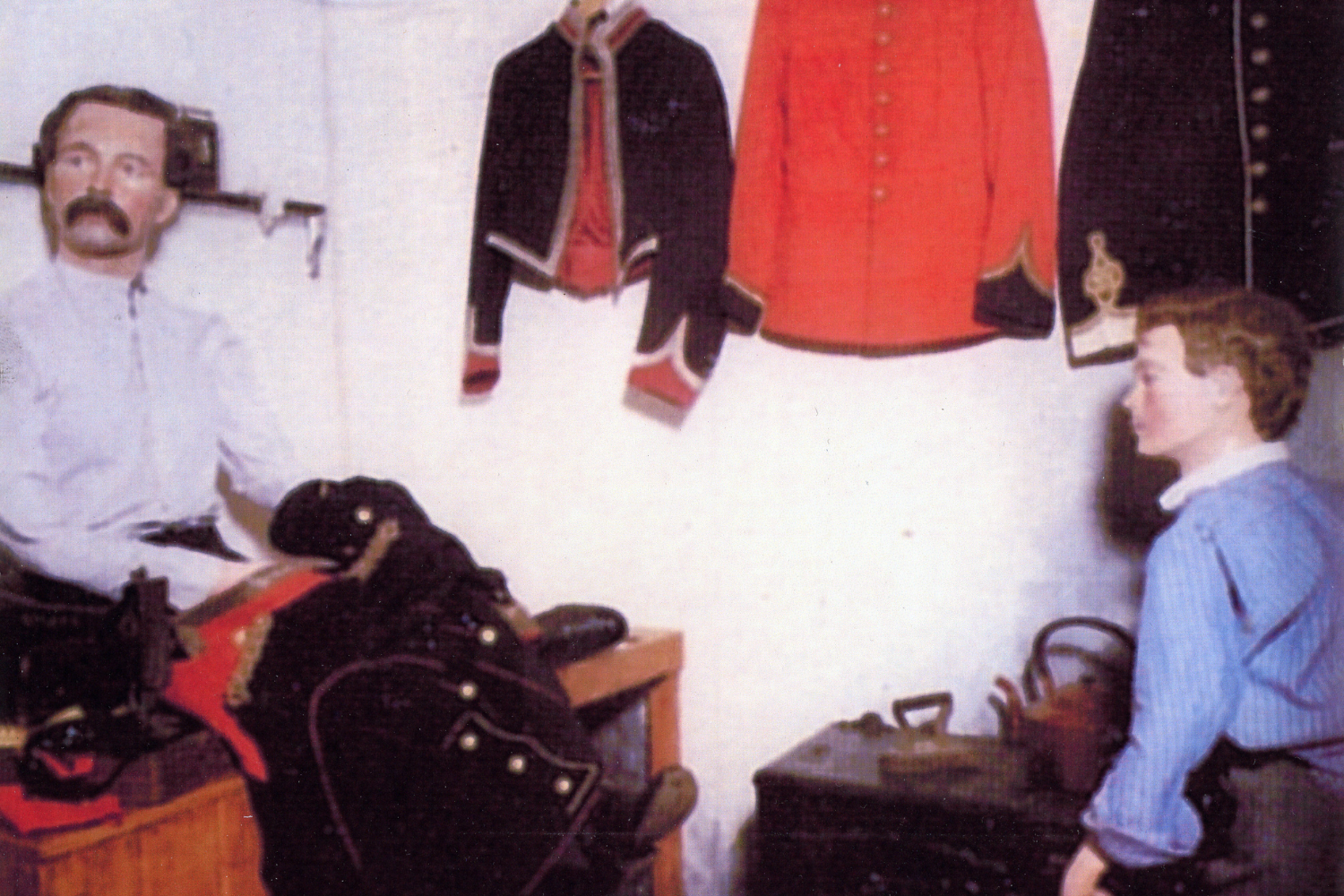
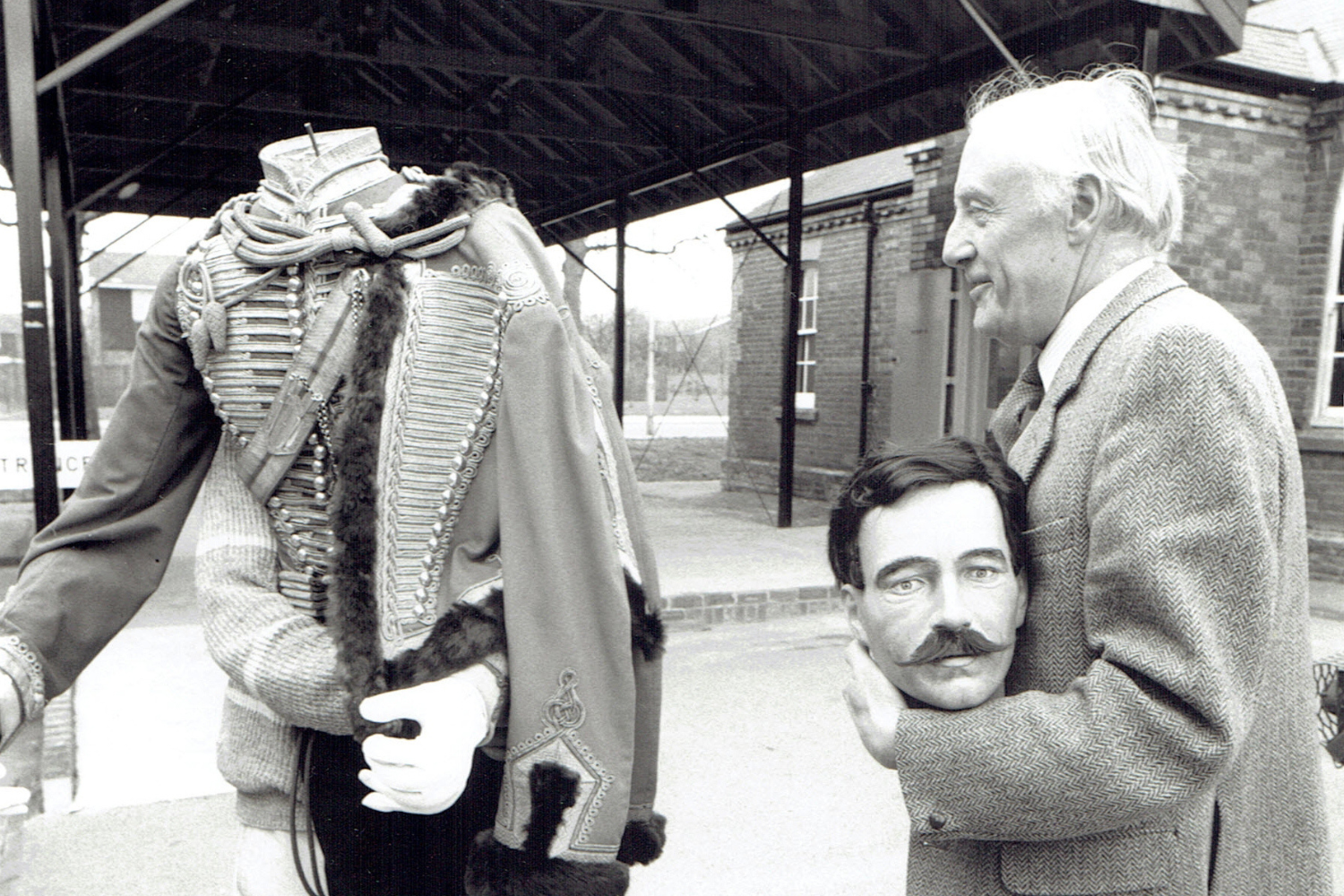
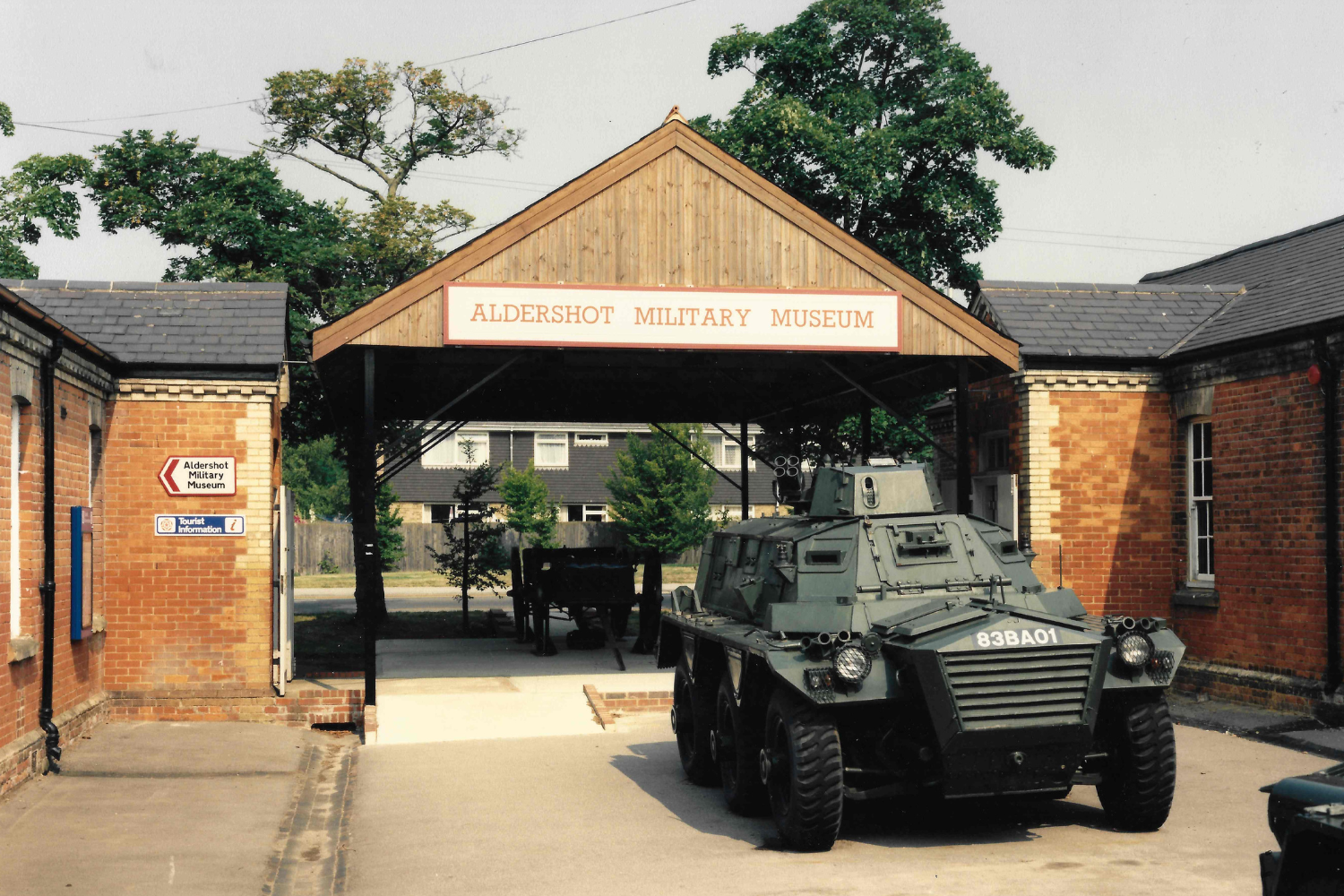
John Reed's Legacy
In 1993, the Curator at the time, Nicola Moyle, called for the development of the existing displays, which led to a number of developments. Planning began for the relocation of Field Marshal Montgomery’s barn to the museum from his estate Isington Mill.
“The building is in a relatively good condition. The costs to dismantle, remove and re-erect it have been estimated at approximately £25,000 - 30,000. The building has been donated to the museum by the present owners. They wish to move it, and have already indicated their desire to see it on the museum grounds in order to fulfil its original purpose of housing military vehicles.”
Alongside this, the Rushmoor Local History Gallery was to be redeveloped and a Chieftain tank was to be obtained, The tank arrived in April 1995 and the Rushmoor Local History Gallery was opened on 13th October 1995 by the Mayor of Rushmoor and Chairman of Hampshire County Council.
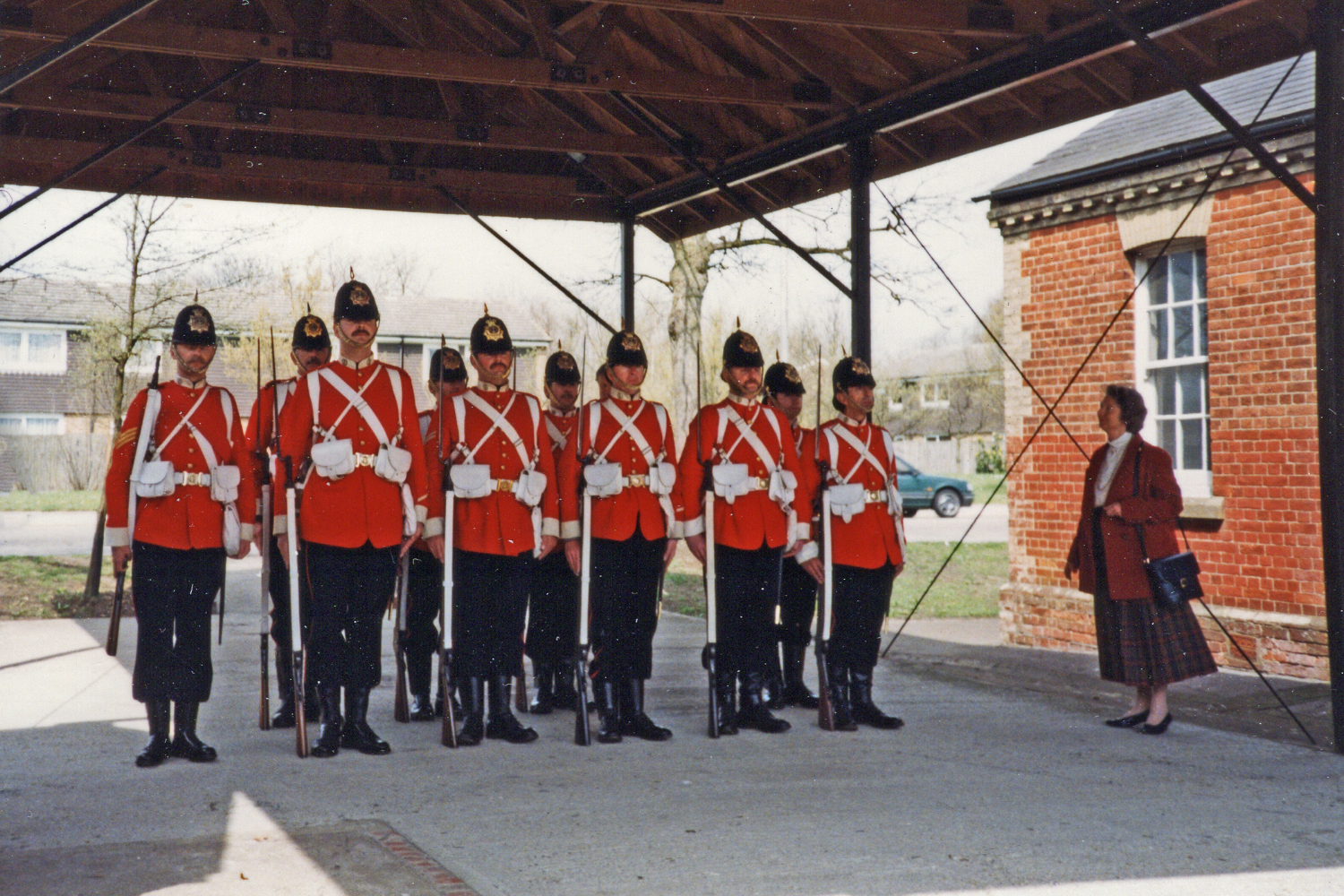
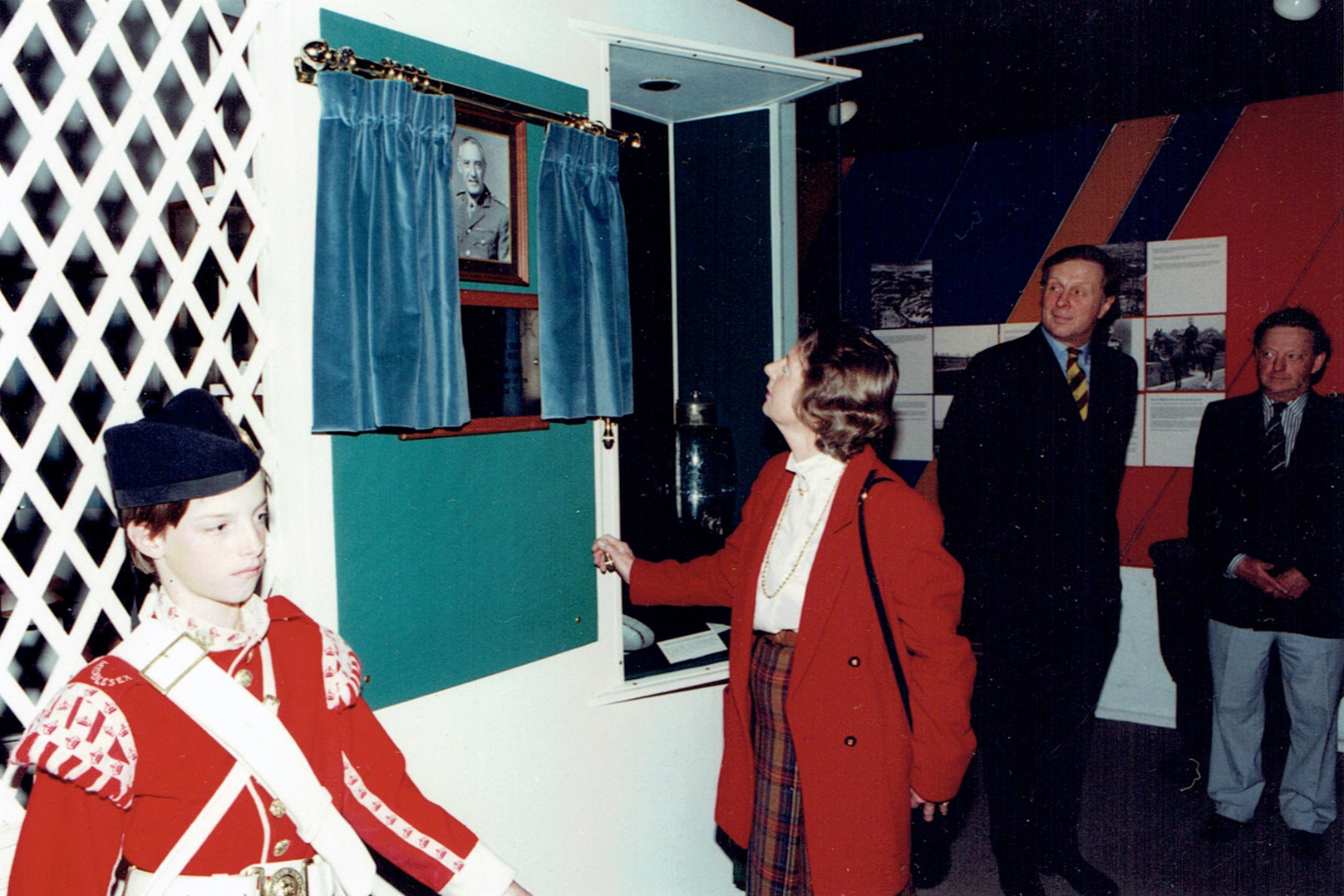
Block M was also reworked and to honor Brigadier W J Reed, it was renamed the John Reed Gallery and opened by his widow Patricia Reed on 20th April 1996.
Later the same year, the Montgomery Gallery was opened by Viscount Montgomery, in the presence of the Mayor of Rushmoor and the Leader of Hampshire County Council. Other principal guests included General Farrar-Hockley, and the Australian and Canadian High Commissioners. There were 70 other guests in total.
Transferring management
There were further developments in the late 90s and early 2000s and the museum began to resemble the one seen today. In 1998 the Cody Gallery opened to celebrate the 90th Anniversary of the first flight in England. In 2001, the John Reed Gallery underwent a regeneration, and visitor numbers had returned to around 11,000 per year.
Two further additions were proposed for the museum, one of which came after concerns raised over the security of the site as there were no railings surrounding the perimeter. Ian Maine who was the Curator at the time, investigated the railings at the rear of the Royal Pavilion site in 1996, and deemed them to be perfect for use at the museum. Installation for these was completed in October 2000, and they still protect our site today.
The second addition was that of a guardroom building from Queen Elizabeth Barracks in Church Crookham, first proposed in 1999, and open to the public in 2006 under the name of the Boyce Building.
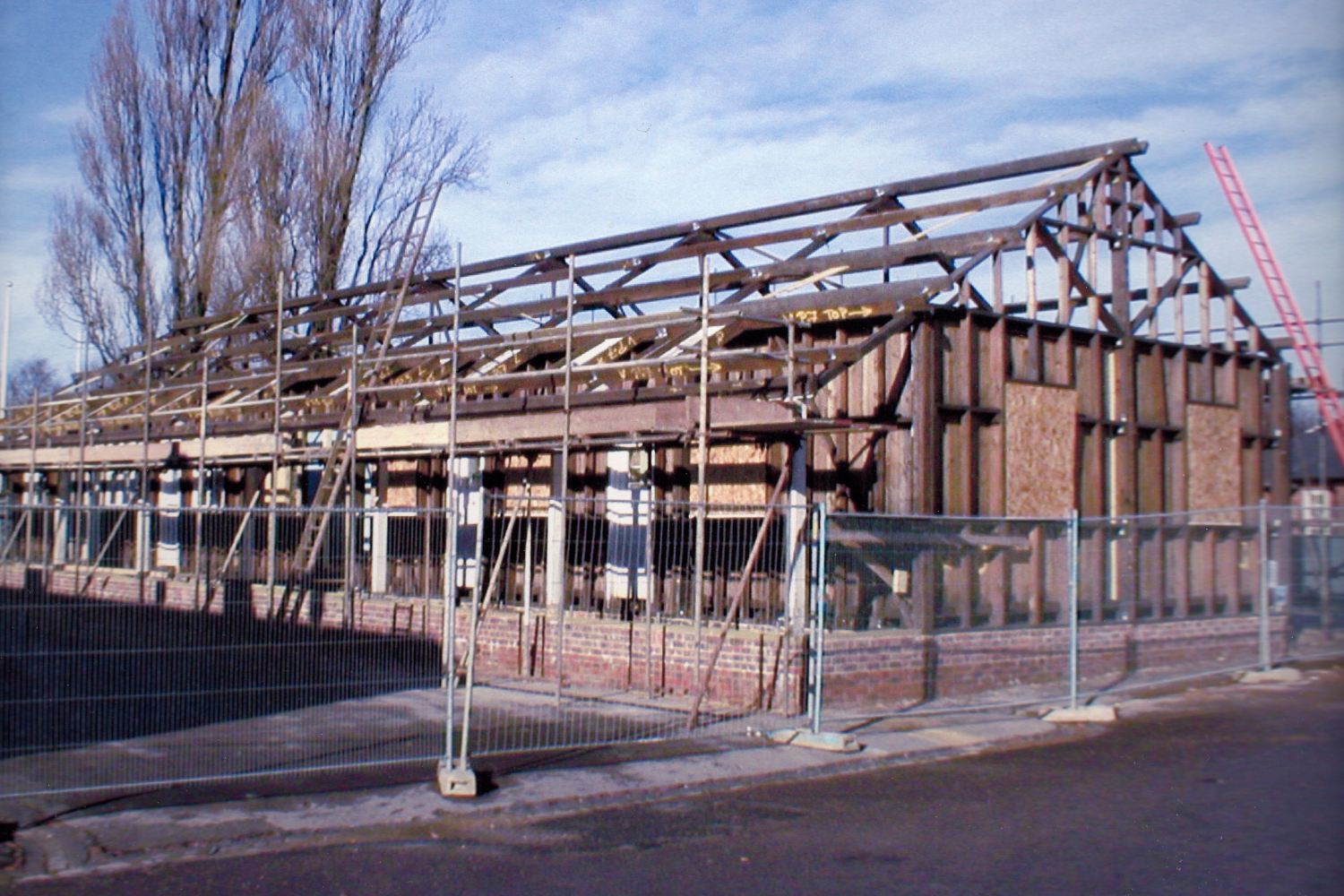
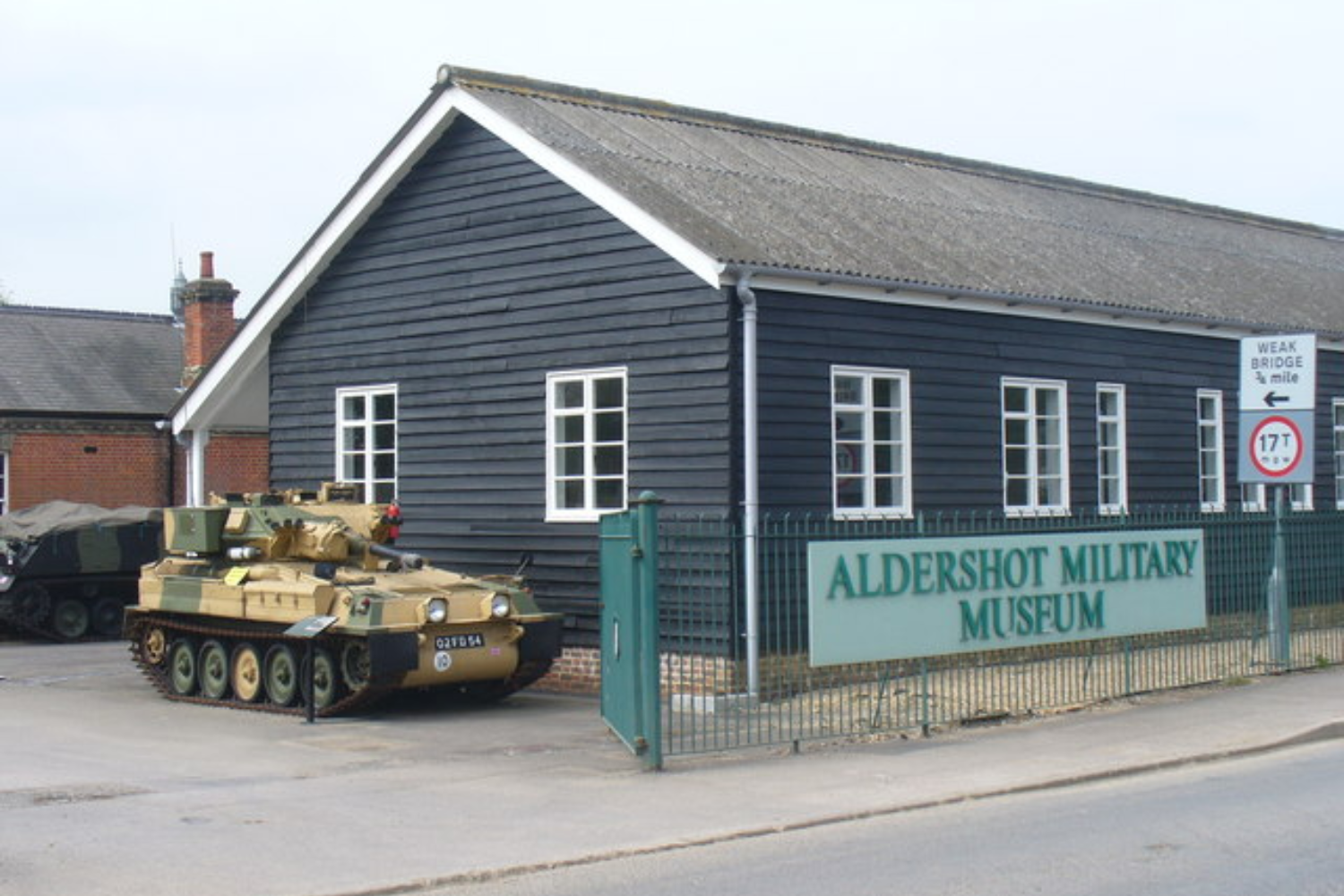
Around this time, it became clear that the Aldershot Military Historical Trust no longer had the resources to successfully manage the museum, and negotiations began regarding it’s full transfer over the Hampshire County Council in April 2001. In 2002 a special resolution was passed;
“The Aldershot Military Historical Trust resolve that the Trusteeship be held solely by Hampshire County Council and so enable the existing Trustees to relinquish their appointments.”
The Trust passed control of the museum over to Hampshire County Council in April 2004.
Hampshire Cultural Trust
In 2014, Hampshire Cultural Trust was formed as an independent charity to support visitor attractions, museums, art galleries and arts centres across Hampshire that were previously operated by Hampshire County Council and Winchester City Council. And so, Aldershot Military Museum changed hands again.
Further developments were planned, including an outdoor play area for children which opened in the summer of 2020. Paul Sapwell, Chief Executive of Hampshire Cultural Trust said;
“As well as making an already action-packed day out at Aldershot Military Museum even more thrilling, this course is a new, interactive way for visitors to learn about Aldershot’s military past. It’s based on real British Army courses from the 1940s, and is already proving to be extremely popular with our young visitors”
Another addition, the Resilience Garden project, started in June 2021 and engaged local people from the Veteran and civilian communities who were recovering from mental health illnesses, to design, create and maintain a community garden at Aldershot Military Museum. The Garden launched in June 2022 and continues to act as space for community outreach and family programming.
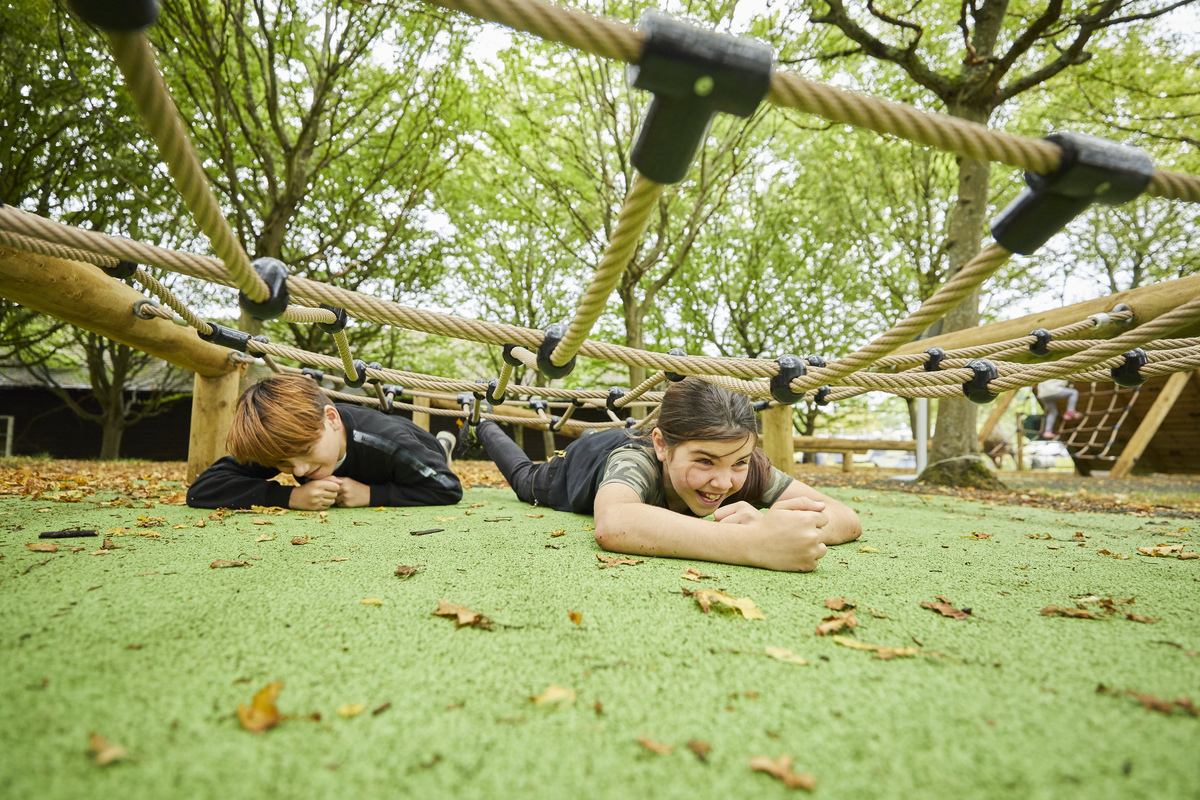
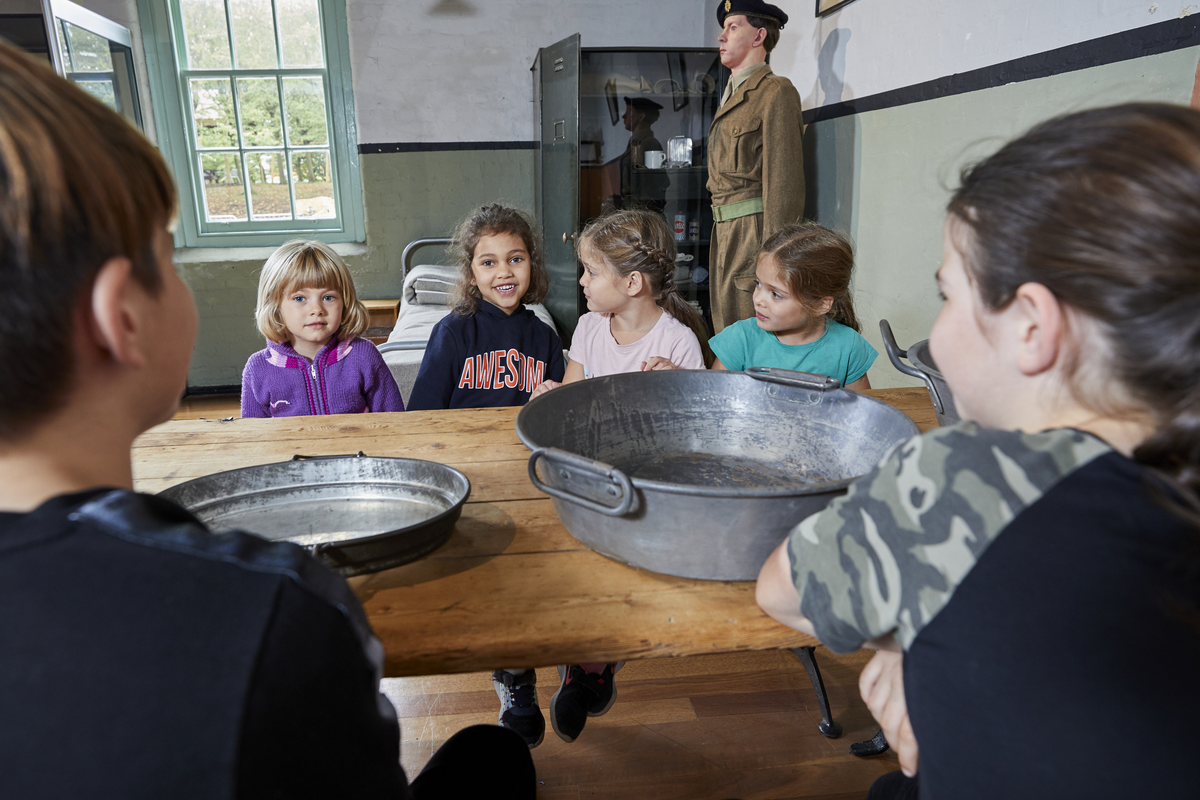
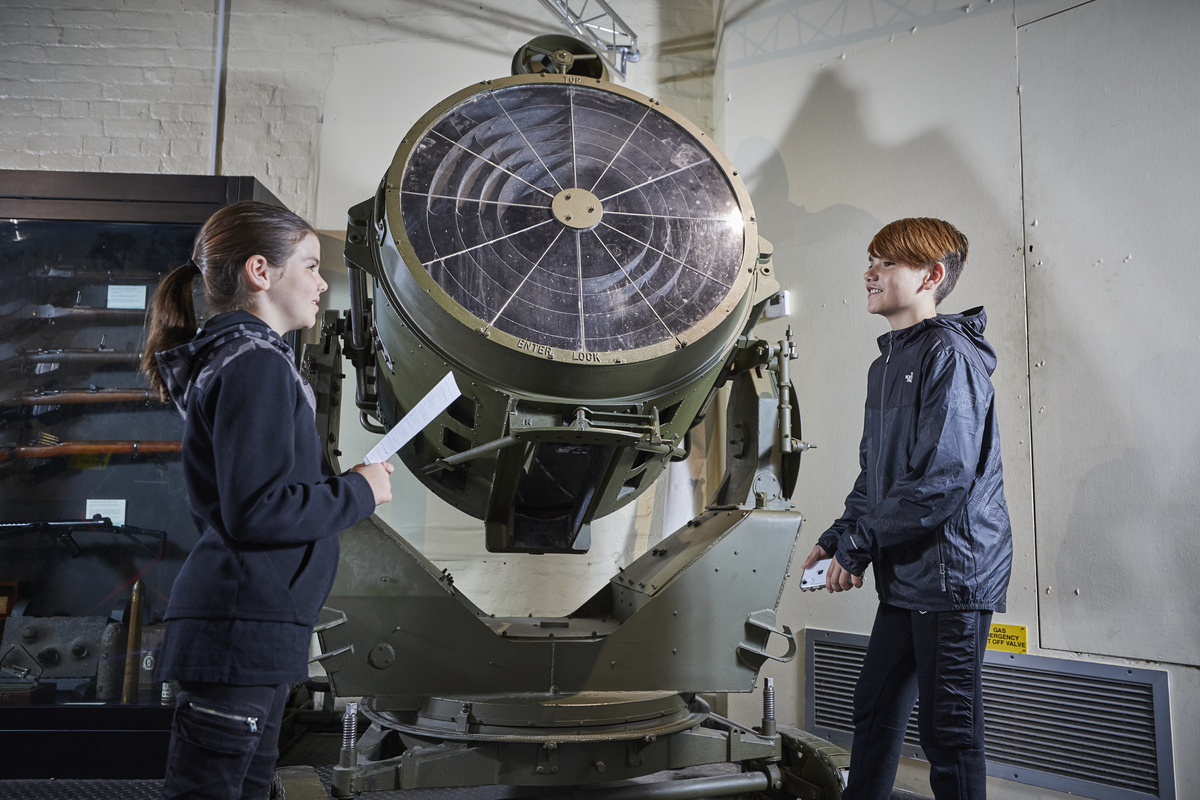
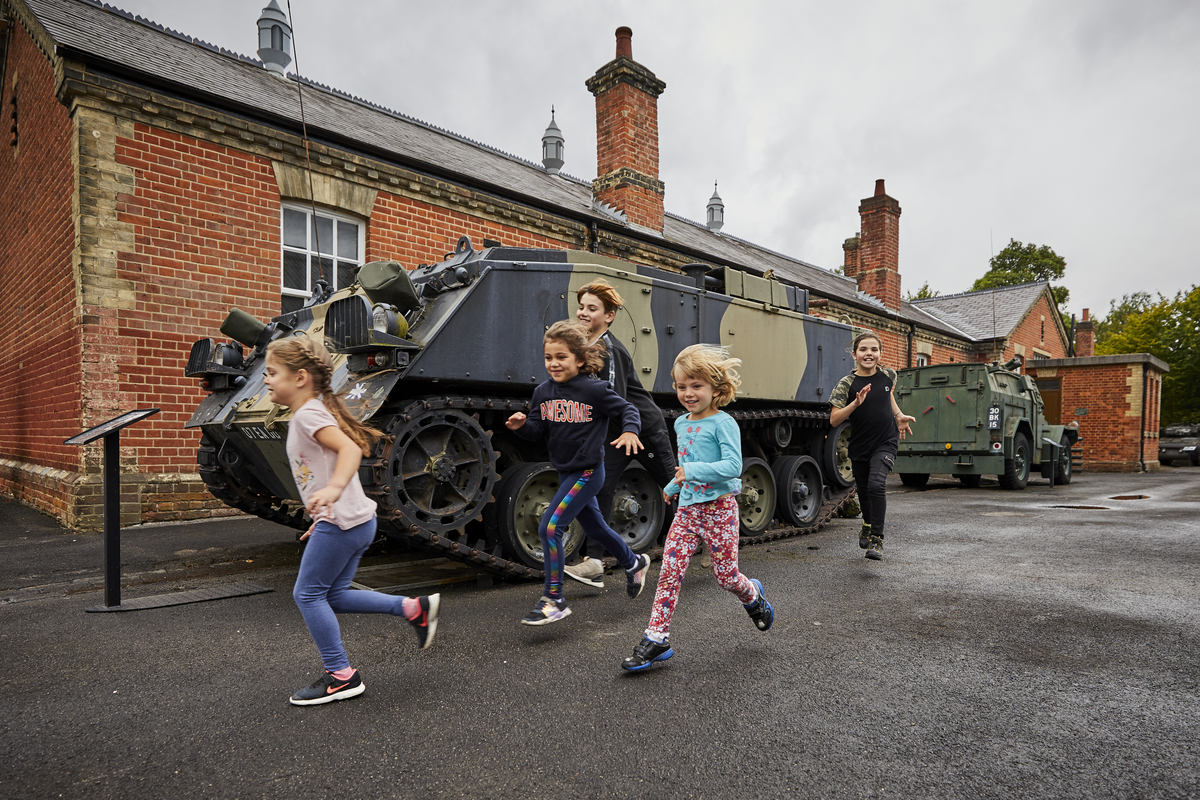
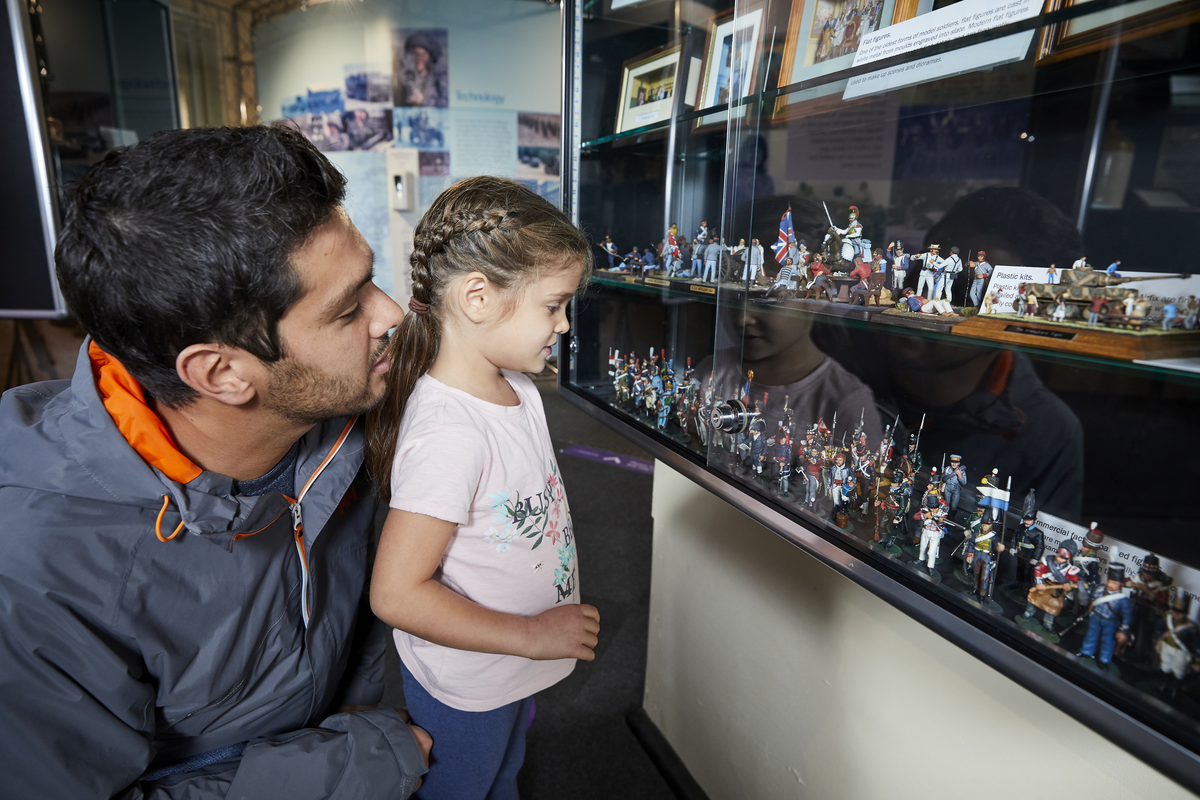
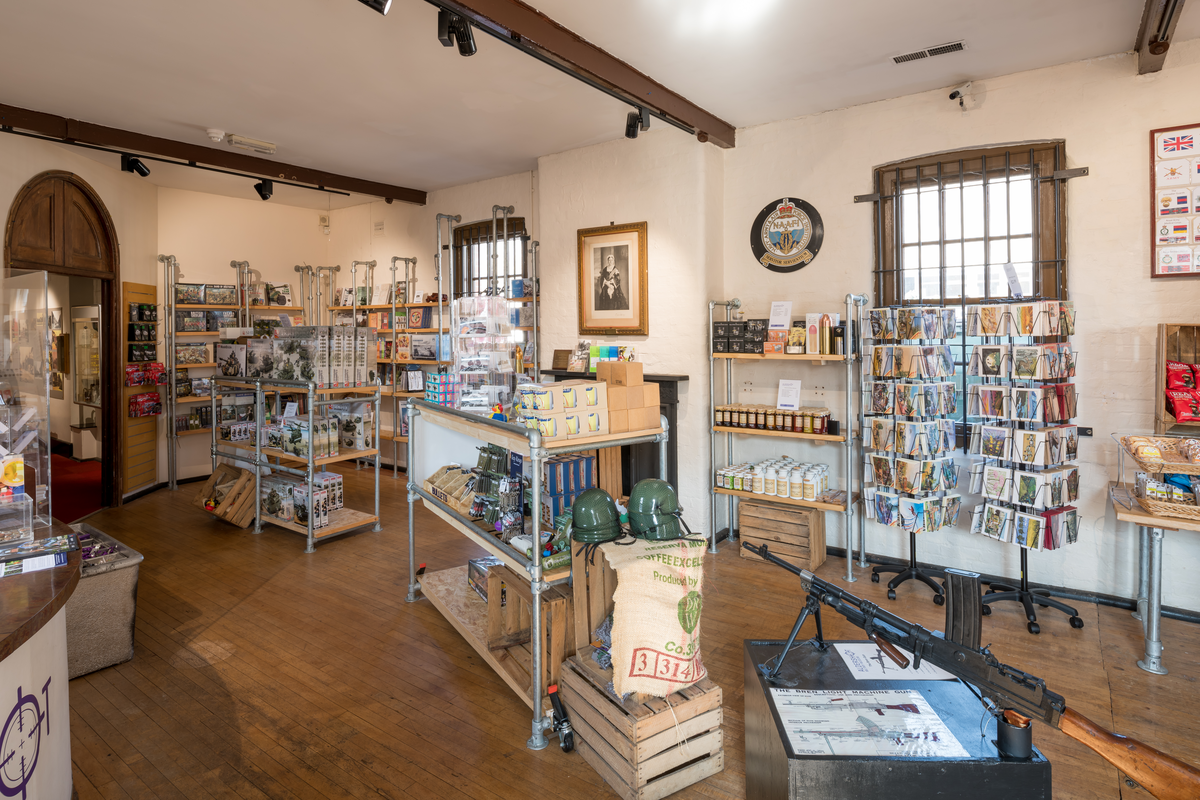
Both of these projects were impacted by the global pandemic as the museum had to close to the public for several months. Upon reopening, restrictions were put in place to prevent the spread of the virus. Some restrictions were still in place right up until Spring 2022, impacting visitor figures and limiting the museum’s offer.
Since restrictions have ended, Aldershot Military Museum continues to look forward, offering an annual ticket for visitors, regular programming, social impact events and ticketed workshops. We continue to care for our collection and have recently launched a Vehicle Conservation project, working with veterans and civilians to improve the condition of our outdoor collection, some of which has been exposed to the elements for 40 years.
With special thanks to Ian Grierson, Aldershot Military Museum's General Manager, for this article.

This building, with its own story steeped in history, has been home to tales of soldiers and their bravery for over a century.
Since its makeover into a museum in '84, it's been more than just a place for old uniforms and dusty documents. It's been a spot for locals and visitors to learn, reflect, and connect with our military past.
To mark this milestone, the museum's throwing a party called "Guns and Drums" on Saturday, April 20, 2024. It's not just about celebrating with cake and balloons; there'll be talks, re-enactments, and military bands, bringing history alive.
But let's not forget the real reason we're celebrating: the impact this museum has had on our community. It's been a place where stories are shared, where pride in our history is nurtured, and where connections are made across generations.
So, here's to Aldershot Military Museum's 40 years of keeping our history alive. Here's to the memories made, the lessons learned, and the friendships formed. And here's to many more years of preserving our past for the future. Cheers to that!



